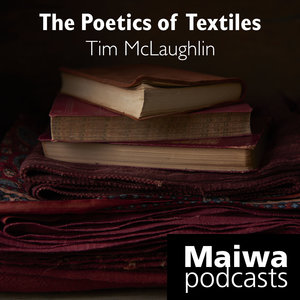
Above, yarns being dyed with cochineal in Teotitlan del Valle, Mexico
One of the advantages of being involved in the natural colour community is how quickly news travels. At the same time that our stocks of cochineal began to get low and we looked to order more, we began to get emails from people looking for a better price for this red dyestuff. It was as if cochineal red was the new ... er ... red. It turns out that cochineal is once again in the grips of an extreme fluctuation in price.
How extreme? Sixfold.

A quick carmine background. In 1976 the notorious Red Dye #2 was banned from use in foods by the FDA. The food industry uses a significant amount of red colourant in everything from meats to candy to cosmetics. Cochineal was the natural alternative. A high concentration of carminic acid may be obtained from this parasitic scale insect. Dyers have used it since pre-columbian times.
One of our suppliers was kind enough to supply us with a set of prices for the past 28 years. He also gave us some information on what is behind the price changes. Above are the prices paid for large orders (over 500kg) in US dollars.
The first spike is the result of the switch to cochineal as a food dye. The second peaked in 1996 at $142/Kg. The changes to legislation in Brazil, made carmine the only viable colour for meat preserves (sausages, hams, etc). Brazil was suddenly the biggest user of cochineal carmine in the world.
And as our supplier has told us: "Last year of 2009 there was a change: the problem came from the supply and not from the demand corner. Farmers were fed up with carmine manufacturers, they had been kept with low prices for 9 years, making the rearing of cochineal, which is labour intensive and expensive, a very poor choice as a harvest. With plentiful supply, they could not defend themselves. We understand that the supply has gone down from around 2100 Metric Tons (MT) to less than 1000MT/Year. The outcome is fairly predictable. It will take at least until 2012-2013 for production to be up again."
A sixfold increase for large orders. We are cushioned a bit from this because we already pay an extra administrative fee for our small orders (almost doubling our per kilo price) - and that fee hasn't changed. Still, the end result is our prices have gone up by at least threefold.
Cochineal is a very important dye - especially for the artisan dyer. We have elected to keep our prices as low as possible in the hopes that when we next order the price will be much less. We've received a lot of requests to sell the whole cochineal bugs for less and the simple truth is we are already selling them at a loss.

The price of cochineal has been going up and down for centuries. Jeremy Baskes in his book Indians, merchants, and markets: a reinterpretation of the Repartimiento and Spanish-Indian economic relations in colonial Oaxaca, 1750-1821 documents the rise and fall of cochineal prices due to wars, threatened or realized between England France and Spain, and various trade agreements and restrictions. Interestingly, cochineal was actively traded on the London Exchange.

The book we always like to recommend for a history of cochineal and red in general is Amy Butler Greenfield's A Perfect Red.
Comments are welcome.























































